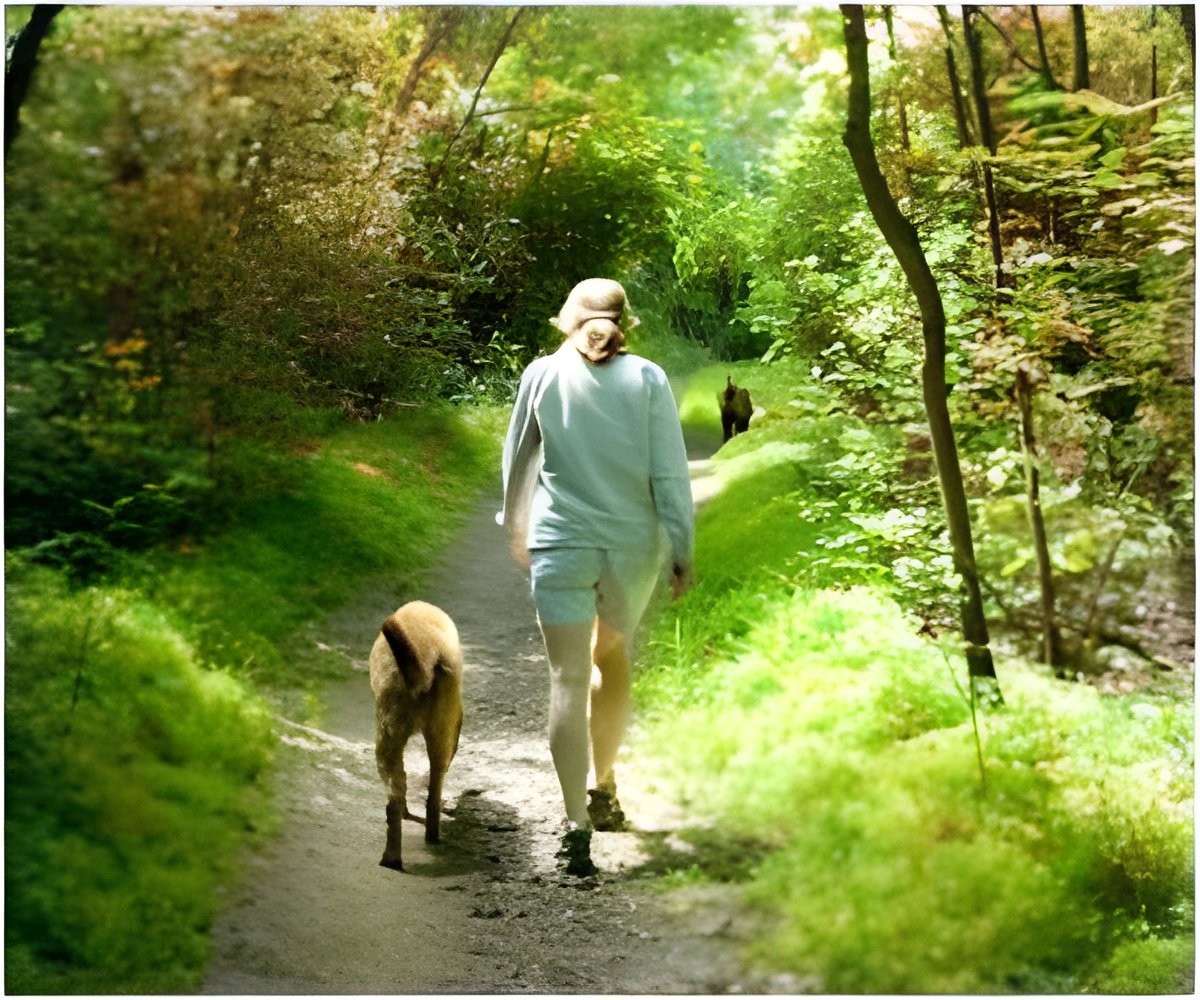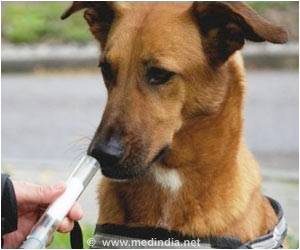Dog owners aged 65 and above, spent more time walking around with a dog, which increased their physical activity and hence improved the quality of life.

‘Owning a dog helps older people achieve higher levels of physical activity, that improves the quality of life and even overall longevity.’





The study was published in the open access Journal BMC Public Health. Dr Philippa Dall, senior research fellow at Glasgow Caledonian University and lead author said: "We found that dog owners aged 65 and over spent on average an additional 22 minutes walking, taking an extra 2,760 steps per day when compared to people who didn't own a dog. Over the course of a week this additional time spent walking may in itself be sufficient to meet WHO recommendations of at least 150 minutes of moderate to vigorous physical activity."
The researchers also found that dog owners had fewer sedentary events - that is continuous periods of sitting down than non-dog owners, although the total time spent sitting down did not differ between the two groups.
WALTHAM researcher Nancy Gee, a co-author of the study said: "Our results indicate that dog ownership may play an important role in encouraging older adults to walk more. Ultimately, our research will provide insights into how pet ownership may help older people achieve higher levels of physical activity or maintain their physical activity levels for a longer period of time, which could improve their prospects for a better quality of life, improved or maintained cognition, and perhaps, even overall longevity."
The study used data on patterns of physical activity and sedentary behavior in 43 dog owners and 43 controls from three regions in the U.K. (Lincolnshire, Derbyshire and Cambridgeshire).
Advertisement
The researchers monitored the time spent walking moderately, time spent standing, total time spent sitting, as well as the number of times people sat down and how long they sat down for. Dog owners and controls were matched on a range of variables such as gender, ethnicity and socio-economic status.
Advertisement
As the study was observational, it could not establish cause and effect or allow for conclusions about whether more active people are likely to own dogs or whether dog ownership makes people more active.
The researchers caution that all participants were volunteers and so may have been more physically active than the general population. All volunteers had white British ethnicity which limits the generalizability of the findings to wider contexts.
Source-Eurekalert











